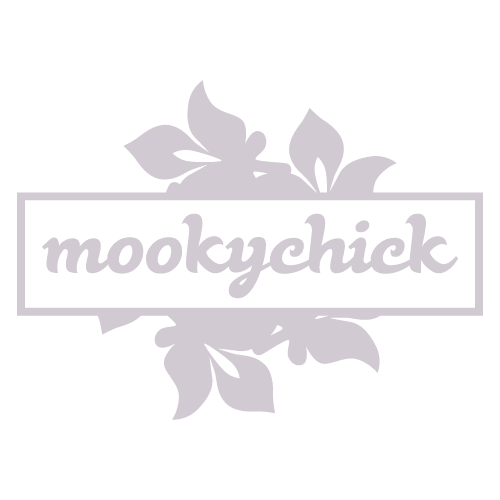The Woman in Black

Horror fiction: ‘The Woman in Black’ is a modern version of a traditional Gothic horror – but it feels as classic as Dracula…
It is rare that I find a film these days that truly scares me, though many inspire fear in my innermost core… for all the wrong reasons (the acting, perhaps?).
In days of splatterfest film horror, can classic gothic literature keep up?
Even less common is a book that delivers a surge of terror that aims straight for the jugular… or bladder. Enter The Woman in Black by Susan Hill.
It’s hard to imagine being scared by a book in this day and age, really. Most horror nowadays is crammed down our necks in a CGI-splatter-fest. In contrast, The Woman in Black not only packs a punch of pure psychological horror but also a mega kick of generally being a very good book indeed…
Background to the Woman in Black
Let’s get our story-pants on! A quaint Victorian family settles down to one of their fondest pastimes, some scary story telling on Christmas Eve. So far, so Charles Dickens. The dashing-yet-weedy Arthur Kipps (he could be easily played by Johnny Depp), feels himself to be above such forms of entertainment and leaves the room… but it’s not that simple.
Kipps finds himself disturbed by the only scary tale that sticks in his mind. His terror is made worse by the fact it was no mere story; it happened to him…
The horror in the Woman in Black
… And so we get to the real meat of the tale. Kipps is a Solicitor. When one of his clients (the unfortunately named Mrs. Drablow) passes away, he travels to the appealing village of Crythin Gifford and then the even more appealingly named Eel Marsh House to sort out the departed’s paperwork.
Kipps soon learns not all is well in this village, and even less so in the house on the moors. Terrifying sights and sounds abound… and haunting from the titular black-dress bound woman. No spoilers, but this spooky novel has one of my favourite endings of all time. Not an “oooh” twist but an “Oh my Goooooooooooood!” twist (forgive the reference).
The writing in the Woman in Black
So… yes, you’ll find good horror galore in The Woman in Black. And fine reading, too. The masterful writing style is very accessible. I see no reason that anyone above the age of 12 would have trouble reading this; however it would possibly take a more advanced mind to understand some of the more adult themes and understand the many allusions to other works.
The simple prose adds a layer of plainness to the work. At the outset it could almost be a perplexingly simple and boring story of a solicitor who goes to sort out a dead woman’s accounts. The simplicity and Hill’s lack of embellishment makes the horror even more horrifying. But that makes it fun – as with any good horror movie, the simple style makes you want to peek into the cellar to find out what’s really going on. The horror is just the start of it. There are plenty of other fascinating psychologies in this book to explore…
The themes in the Woman in Black
Now, the themes are our standard Gothic themes really. Haunted house in a haunted setting in a deceptively quiet place featuring a bland office worker caught woefully out of his depth by a malign spirit from the blackest pits of Hades. All of this, I would argue, is a plus point; it is written in a Traditional Victorian Gothic style. Oddly, it seems more like Traditional Gothic than most Traditional Gothic novels. It stands up (and beats down) many of the stereotypical and much-touted Gothic pieces, so much so that I genuinely thought it was written at the same time as Dracula…
Again, this is where the reviewer cap has to be worn because it can’t be denied there are A LOT of Victorian Gothic works (or novels set in Victorian England). Hill loses a point here from me for lacking originality. And some of her names are overly Dickensian: “Mrs. Drablow” and “Eel Marsh House.” A homage if I’m being sympathetic: a cliché if I’m being cynical. Tradition is ultimately fine but I feel new works need to push the envelope more through innovation that, while keeping to the spirit of Gothic, push it to new and exciting areas.
So why should (or shouldn’t) you read it?
1. It is definitely unique
2. It is haunting (even if you aren’t scared by such things, it cannot be doubted that its ending is well worth the experience)
3. If you study the Gothic Tradition for 2 years (as I did) you simply won’t find another book like it
Sam’s Recommendation: Read the book and buy it for yourself because I won’t lend it to you.
P.S Don’t read it after dark (especially not during Witching Hour) and clear a space in the freezer when you get too scared by it (please forgive the reference)
P.P.S Definitely do read it in Witching Hour during a thunderstorm in a secluded location with no means of contacting the outside world if you want a fully dreadening experience!

